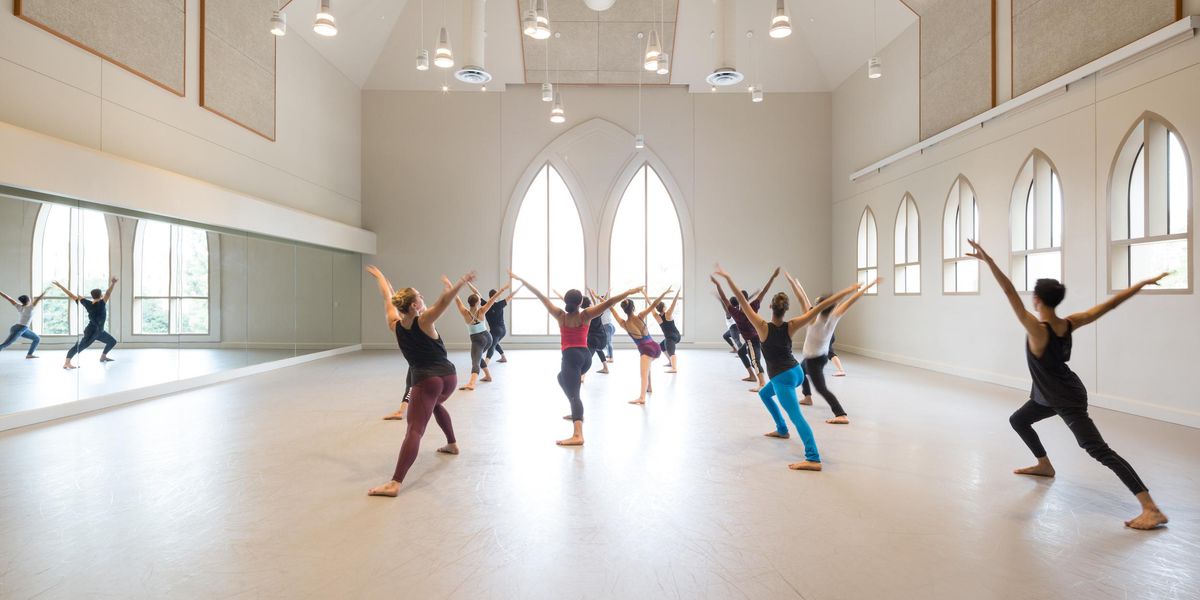Sarah Michelson
Sarah Michelson
Walker Art Center, Minneapolis, MN
September 15–18, 2005
Reviewed by Camille LeFevre
Before creating her “Daylight” series, co-commissioned by the Walker Art Center, Sarah Michelson interviewed the architects at Herzog and de Meuron, who designed the art center’s new addition and theater. Daylight (for Minneapolis) brought the series home, as Michelson responded with insouciance and brilliance to the Swiss firm’s architectural theories.
In her structural and perceptual reconfiguration of the Walker’s brand-new theater (an audacious move), Michelson explored the architects’ concepts of the hidden and the revealed, while upending traditional audience expectations. She left the theater’s seats vacant, putting the bulk of the audience in walled-in, onstage seating. Unless they were in the back rows and knew to stand up and look down and behind them, their sightlines were limited to what occurred in front of them. Only from the front row of the center balcony could one watch other groups of dancers (all of them from Minneapolis) huddled around the live band, or moving in the side balconies or the theater seats, or performing behind the onstage seating.
Michelson’s exploration of openness and closure continued in the sumptuous lighting, which darkened, spot lit, or flooded the theater with blinding brightness. The full-bodied movements of the professional “onstage” dancers (Michelson, Parker Lutz, Mike Iveson, and Greg Zuccolo) were open, swinging and propelled by momentum; conversely, the 44 Minneapolis dancers (many of them from a local arts high school, with their long, dyed-red hair hiding their faces) did a slow or pulsating rib undulation while moving one foot forward and back and caressing one thigh with one hand.
Bridging the two groups was the transcendent Jennifer Howard, who spent most of the performance with the Minneapolis dancers, slicing and muscling through the space behind the stage audience. After entering the front stage vacated by the Michelson dancers, Howard collapsed at the feet of a dancer wearing a Mickey Mouse head, piquing questions about the increasing Disney-fication of art, as well as the postmodern blend of professional and amateur, high art and pop culture in this work and in contemporary culture as a whole.
Michelson also probed the cult of celebrity, turning the relationship between art and institution inside out by displaying enormous portraits of the Walker’s staff. Repetition underscored the dancers’ movements, echoing the recurring white-painted lattice motif—a reference to an architectural feature—on screens, leotards, and windows. That pattern signaled the audience where to look before and after the performance to see the dance installations taking place inside, outside, and in the windows of the Walker.




